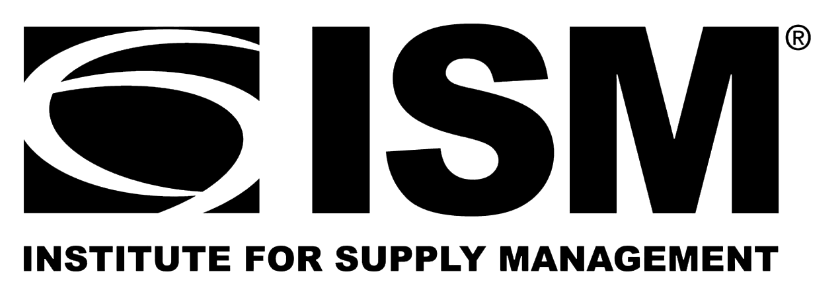Economy

ISM PMI Hits 60.8 in September
Written by Sandy Williams
October 3, 2017
Manufacturing expanded in the United States, along with the overall economy, as the Institute for Supply Management’s September PMI jumped 2 percentage points to register 60.8 percent. ISM’s New Orders Index gained 4.3 points. New orders have averaged 61.6 percent since December 2016, said Timothy R. Fiore, chairman of ISM’s Manufacturing Business Survey Committee. Any reading above 50 percent indicates growth.
“Production remains at strong growth levels in most industries, in spite of weather conditions and supplier delivery constraints experienced during the period,” said Fiore. The Order Backlog Index increased 0.5 points to 58 percent.
Employment has been expanding since October 2016 and September’s increase of 0.4 percent was no exception. September’s Employment Index reading of 60.3 percent was the highest since June 2011.
Supplier deliveries slowed somewhat last month and the Raw Material Inventories Index declined 3 percentage points to 52.2. Customer inventories were considered too low in September, registering 42 percent and just 1.0 percent higher than August.
The Prices Index leapt 9.5 percentage points to a reading of 71.5. Fiore commented, “The Business Survey Committee noted price increases in many areas, including metals (steel and aluminum), food ingredients, electronic components, lumber and wood products, basic chemicals and plastics. The ongoing impacts from Hurricane Harvey are still largely unknown, and many respondents noted this uncertainty.”
Exports were up and imports down, according to the ISM survey. New Export Orders increased 1.5 points to 57 percent, while the Import Index decreased 0.5 of a point to 54 percent.
Survey participant comments:
- “Hurricanes causing supply chain and pricing issues.” (Chemical Products)
- “Business levels continue [to be] strong; usually by now, a seasonal downturn begins.” (Machinery)
- “Energy sector (oil and gas) continues to be strong. Price of oil appears to be beginning to stabilize.” (Computer & Electronic Products)
- “We’ve had a very good year and we are forecasting continued strong demand for our product in 2018.” (Miscellaneous Manufacturing)
- “Labor shortages continue to haunt operational capacity both at [the] local plant [level] and up and down the supply chain.”(Transportation Equipment)
- “Lumber prices starting to drop, and log prices starting to increase. Not the best combination.” (Wood Products)

Sandy Williams
Read more from Sandy WilliamsLatest in Economy

ISM: Manufacturing expands in January for first time in years
Following more than two years of contraction, US manufacturing activity rebounded in January according to the Institute for Supply Management.

Tampa Steel Conference: Trade attorney says brace for turbulence
Steel and aluminum have been identified as high priorities for trade

Chicago Business Barometer rises in January
Despite the gain, the index remains below both the levels of November 2024 and the 2024 average.

CSPA asks Canadian government to work against potential tariffs
The Canadian Steel Producers Association (CSPA) has urged Canada to engage with the US administration to avoid the tariffs threatened by the Trump administration by Feb. 1. “The imposition of tariffs on Canadian goods will have an incredibly disruptive impact on our integrated North American supply chains and on our workers and their families,” François […]

Trump reverses course on Colombia tariffs
The Trump administration has backed off tariffs on Colombia after the White House said the leader of the Latin American nation agreed to President Trump’s demands. “The Government of Colombia has agreed to President Trump’s terms, including the unrestricted acceptance of illegal aliens from Colombia returned from the United States… without limitation or delay,” according […]
